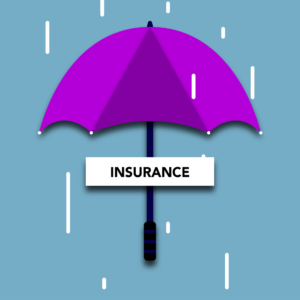What are the different types of car insurance?

There are three primary types of car insurance available: third party, third party fire and theft, and fully comprehensive. It’s important to compare all your car insurance options in order to find the best deal for your needs.
– Third party insurance is a legal requirement for every driver. It covers the costs if you damage someone else’s car or injure another person, but it does not cover any injuries to yourself or damage to your own car.
– Third party fire and theft insurance offers the same coverage as a standard third party policy, but also protects you in case your car is stolen or damaged by fire. Fire damage can include both accidental fires and deliberate acts such as arson.
– Fully comprehensive insurance, often referred to as ‘fully comp’, provides the highest level of protection. It covers the same things as third party and third party fire and theft policies, while also offering additional coverage for damage to your own car, even if it’s your fault.
These are the basic descriptions of the different types of car insurance. Now, let’s dive into more detail on how each of these types works.
Third-party insurance is the minimum level of coverage mandated by law, but it may not always be the most cost-effective choice. Insurance companies often view certain driver groups, such as young drivers or those with prior convictions, as higher risks, resulting in higher premiums for third-party insurance. It’s crucial for all drivers to explore and compare different insurance options to find the most suitable one based on their individual circumstances and needs.

Third-party insurance typically provides coverage for:
Damage to someone else’s vehicle or property
Injuries caused to others
Injuries to your passengers in an accident
However, third-party insurance does not cover:
You or your own vehicle
Theft or damage to your car
Injuries sustained by you in an accident
Third-party, fire and theft insurance includes all the features of a third-party policy but also offers protection against fire and theft. This option is beneficial if you desire more than the bare minimum coverage or live in an area with a high crime rate. However, some policies may not cover damage resulting from attempted theft, so it’s important to carefully review your policy terms.
Third-party, fire and theft insurance typically covers:
Damage to someone else’s vehicle or property
Injuries caused to others
Injuries to your passengers in an accident
Fire damage (after paying an excess)
Theft (and possibly damage from attempted theft) (after paying an excess)
It does not cover you or your own vehicle, except for fire damage and theft. Accidental damage is not covered either.

Fully comprehensive car insurance offers the highest level of coverage and is suitable for those seeking peace of mind or owning a new or expensive car. It typically covers:
Damage to someone else’s vehicle or property
Injuries caused to others
Injuries to your passengers in an accident
Fire damage (after paying an excess)
Theft (and possibly damage from attempted theft) (after paying an excess)
Chipping/scratching (after paying an excess)
Malicious damage and vandalism (after paying an excess)
Accidental damage to your car (after paying an excess)
It’s important to note that comprehensive insurance policies may not automatically include features like a courtesy car, windscreen cover, or coverage for personal belongings, such as a handbag or laptop. However, you can often add these features as extras for an additional fee.
Apart from the main types of car insurance, there are other specific types of coverage you might consider, including telematics insurance (black box insurance), European driving insurance (for driving abroad), and classic car insurance (tailored for vintage or modified vehicles).
You can also enhance your car insurance policy by adding extras for an additional cost, such as breakdown cover, personal accident cover, motor legal protection, courtesy car cover, no claims discount protection, windscreen cover, and lost keys cover.
The cheapest car insurance depends on your individual circumstances, and it’s important not to assume that what works for someone else will be suitable for you. Comprehensive car insurance may not always be the most expensive option, as average quotes can vary depending on factors such as your specific situation and the type of coverage you choose. For example, on average, comprehensive policies may not be more expensive than third-party or third-party, fire, and theft policies.

